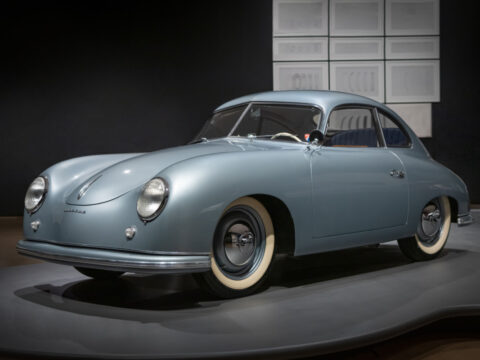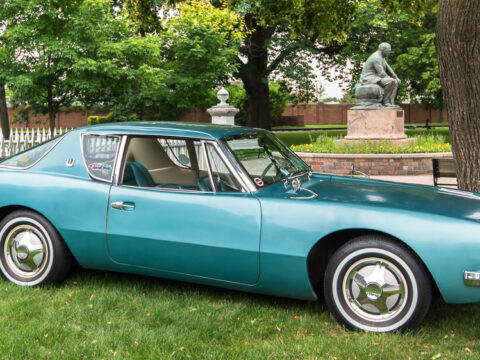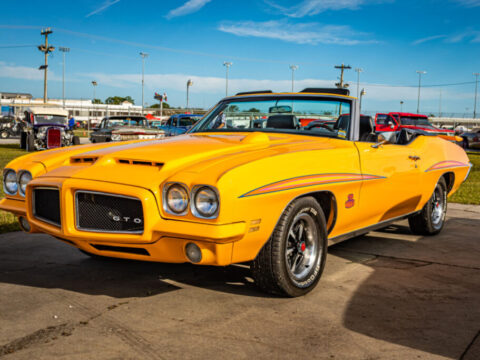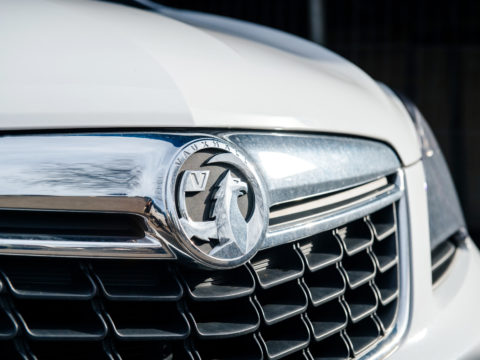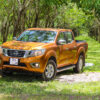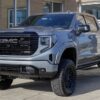American muscle cars are as integral to the fabric of our nation as baseball, apple pie, and the star-spangled banner. Born out of a desire for speed and power, these machines have roared down our highways and byways, capturing the hearts and imaginations of automotive enthusiasts for over half a century. From the 1960s – the golden era of the muscle car – to today’s high-tech, high-powered beasts, muscle cars are an enduring symbol of American ingenuity, culture, and the relentless pursuit of performance.
Contents
1964 Pontiac GTO
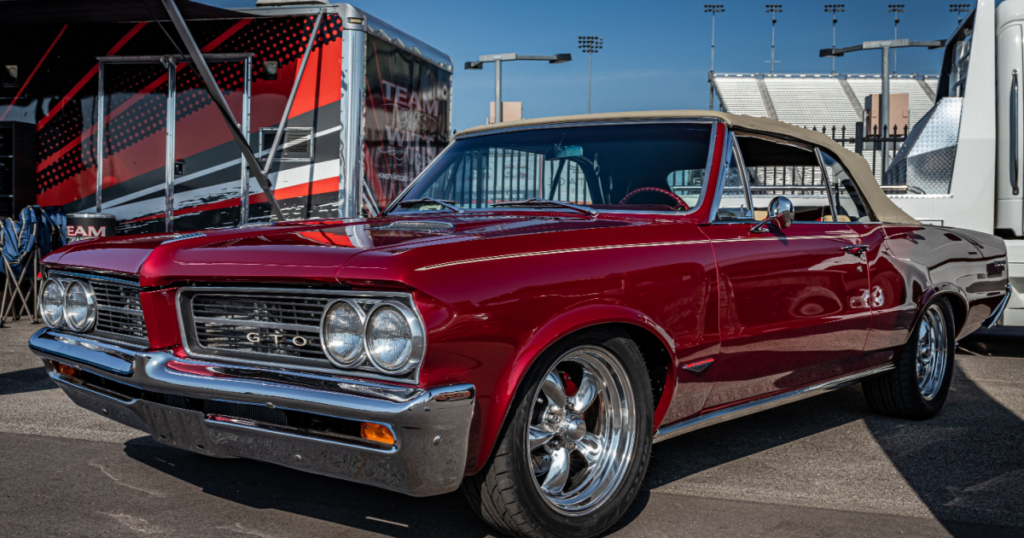
The car many regard as the original muscle car, the GTO broke the mold by stuffing a powerful engine into a mid-sized car. Its potent 389 cubic inch V8 was a game changer and solidified Pontiac’s performance image.
1966 Shelby GT350
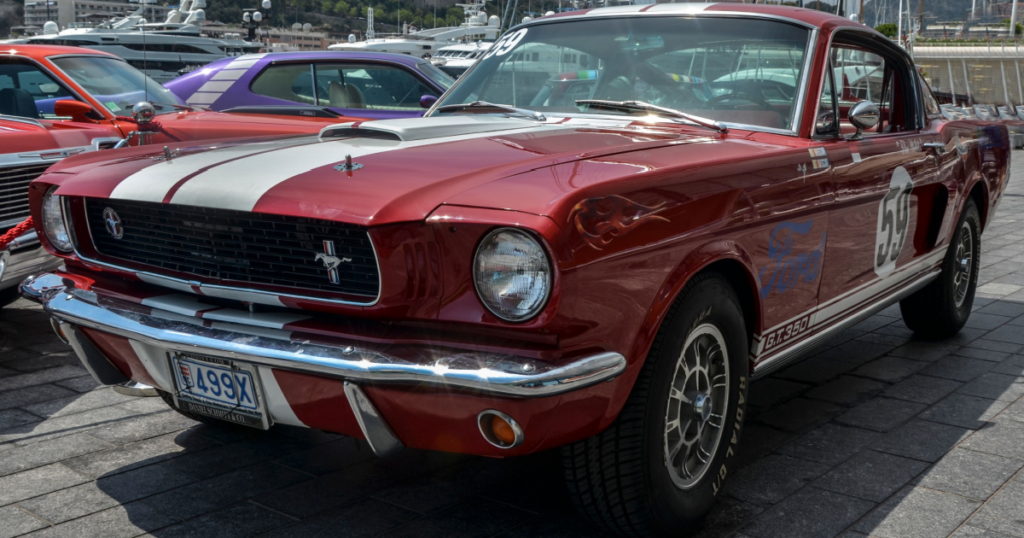
Created by Carroll Shelby, a racer and entrepreneur, the GT350 was a high-performance version of the Ford Mustang. It established Mustang as a serious performance car and created the Mustang Shelby lineage.
1968 Dodge Charger R/T
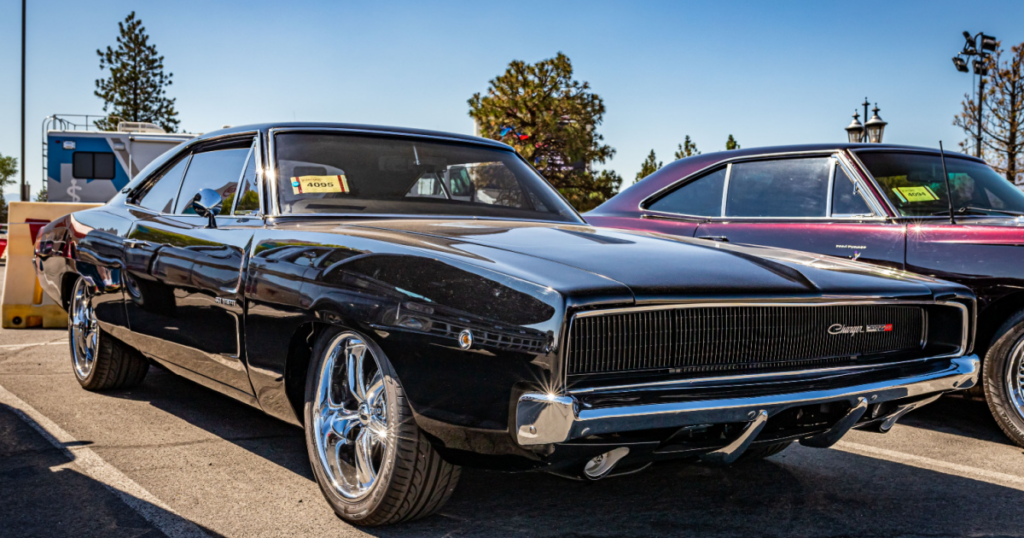
With its distinctive design and mighty Hemi engine, the ’68 Charger R/T became one of the most iconic muscle cars of the era. It was immortalized in the film “Bullitt,” and its 426 cubic inch Hemi V8 made it a legend on the street and strip.
1969 Chevrolet Camaro Z28
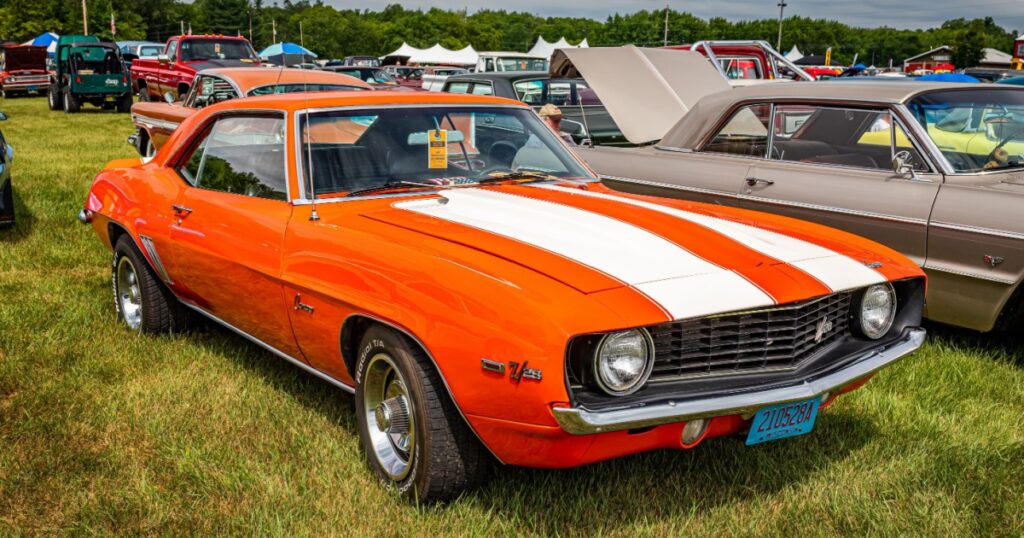
With its strong performance and aggressive styling, the ’69 Z28 was the epitome of the classic American muscle car. It came standard with a 302 cubic inch V8 and was designed specifically for Trans-Am racing, where displacement was limited to 305 cubic inches.
1969 Ford Mustang Boss 429
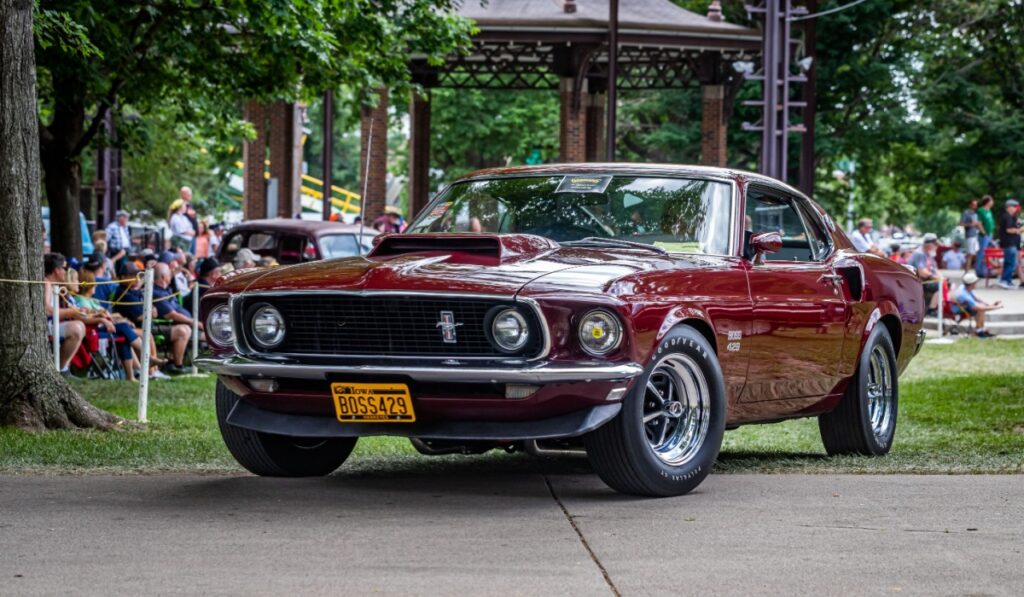
The 429 engine was originally designed for NASCAR. The Boss 429 featured a semi-hemispherical combustion chamber allowing large valves and high-rpm capability, enhancing Mustang’s performance image.
1970 Chevrolet Chevelle SS 454

Known for its powerful LS6 big-block engine, the Chevelle SS 454 represented the peak of muscle car power before the gas crisis and insurance costs took their toll. Its brutal acceleration and aggressive design made it a favorite among enthusiasts.
1970 Plymouth Hemi ‘Cuda
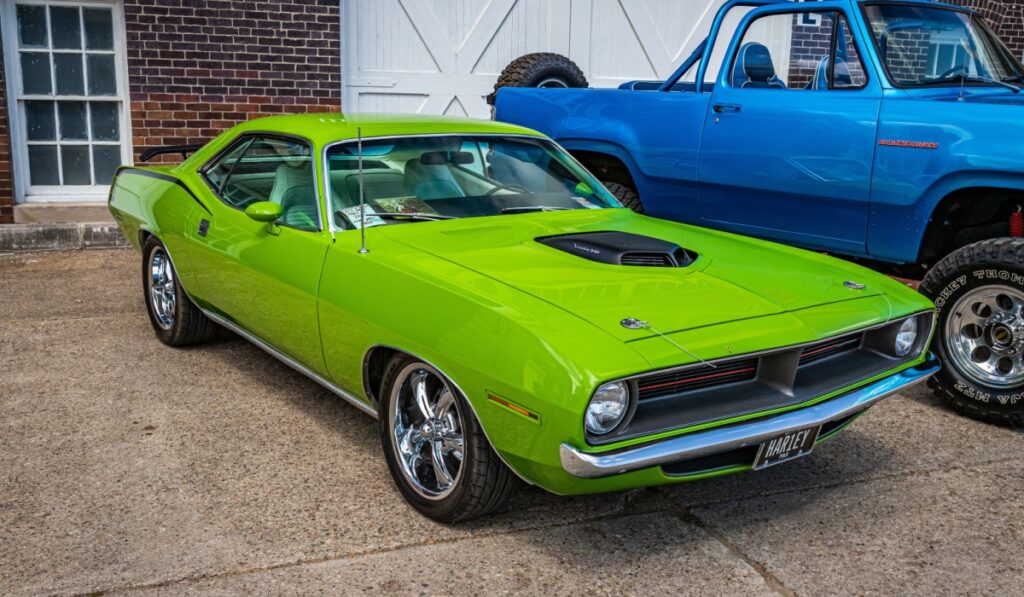
The ‘Cuda was Plymouth’s high-performance version of the Barracuda, and the ’70 Hemi ‘Cuda, with its 426 cubic inch Hemi V8, was the pinnacle. Only a few were made, and they’ve become incredibly valuable collector’s items.
1970 Pontiac Firebird Trans Am
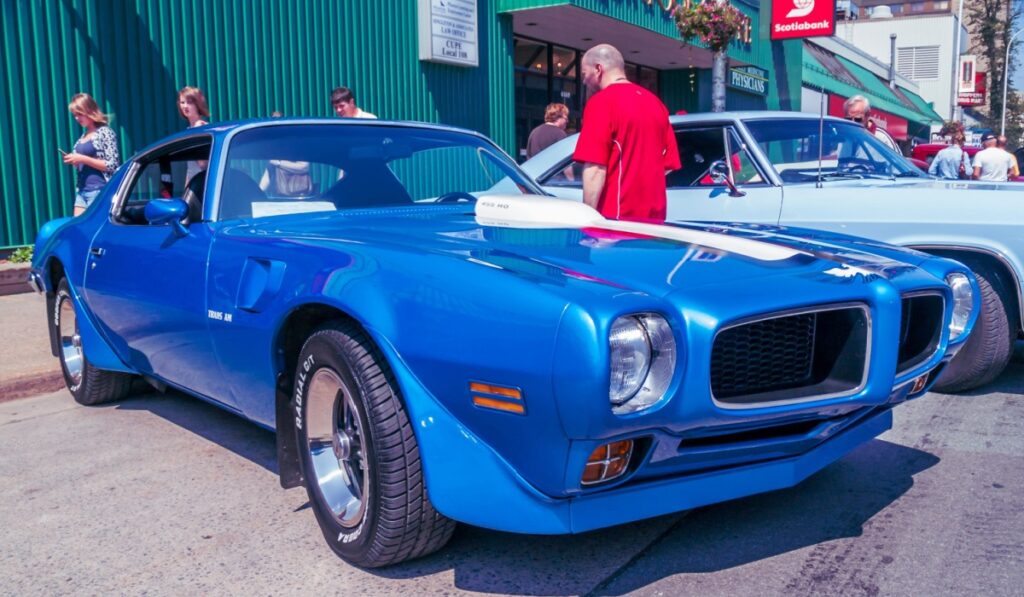
With its distinctive styling and strong performance from its 400 cu in (6.6 L) V8, the Trans Am became an icon and was further popularized by the movie “Smokey and the Bandit.”
1971 AMC Javelin AMX
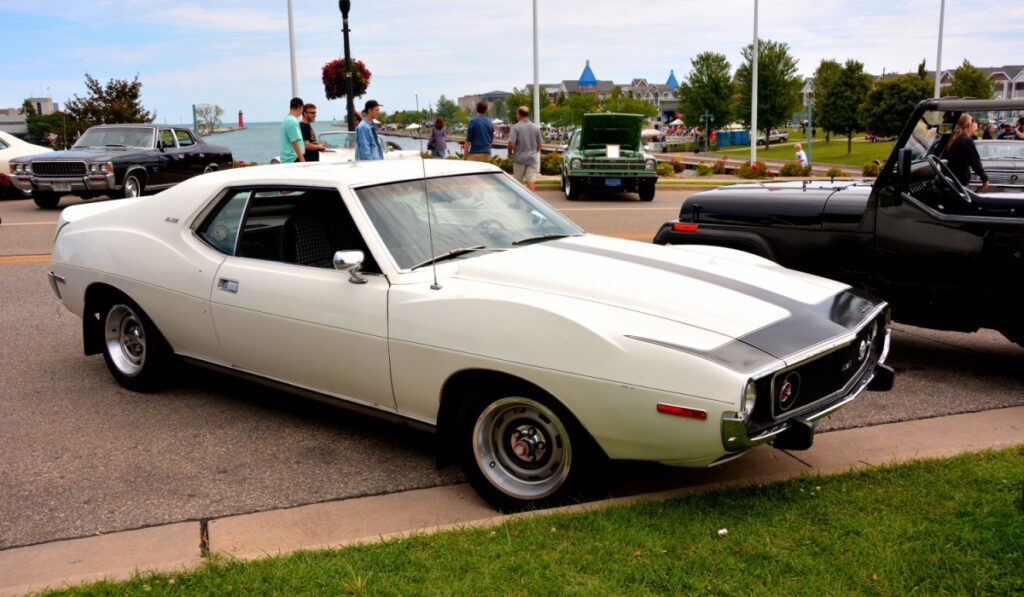
American Motors Corporation’s entry in the pony car market, the Javelin AMX, packed significant muscle under the hood, showcasing the company’s capability to make performance cars.
1973 Dodge Challenger
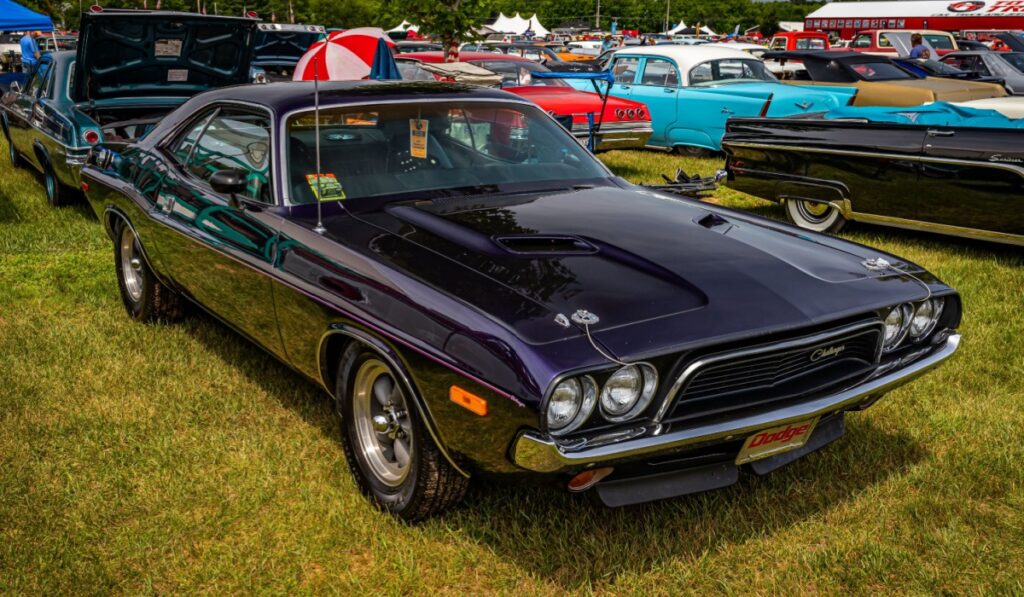
Despite the decline of muscle cars due to insurance costs and emission regulations, the Challenger remained a beacon of performance with its powerful engine options and striking design.
1982 Ford Mustang GT
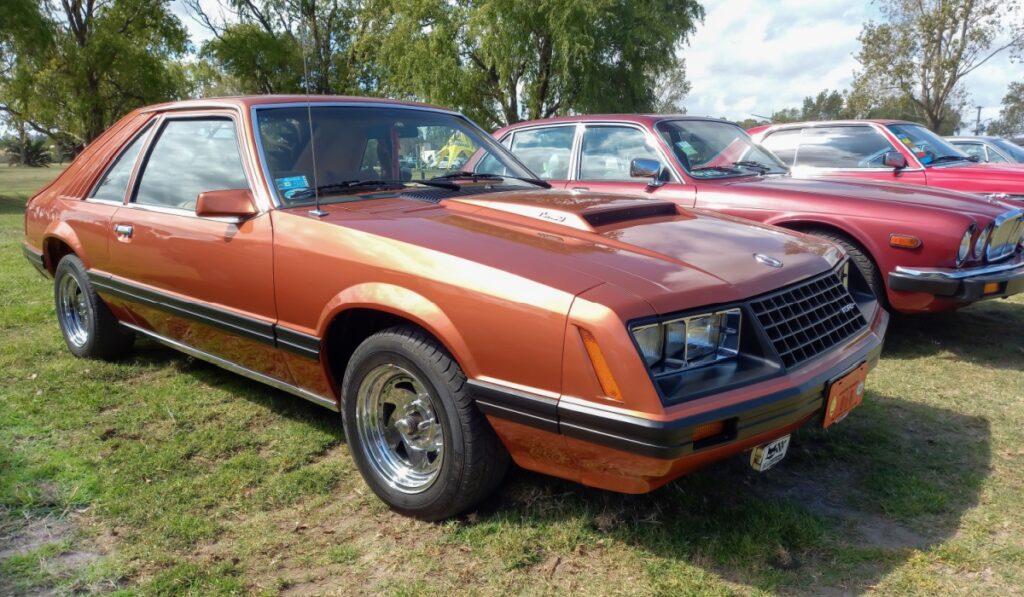
The ’82 GT marked the return of the V8 to the Mustang lineup. After a period of anemic performance in the ’70s, the 5.0-liter V8 was a welcome addition and started the “5.0” craze that would continue into the ’90s.
1985 Chevrolet Camaro IROC-Z
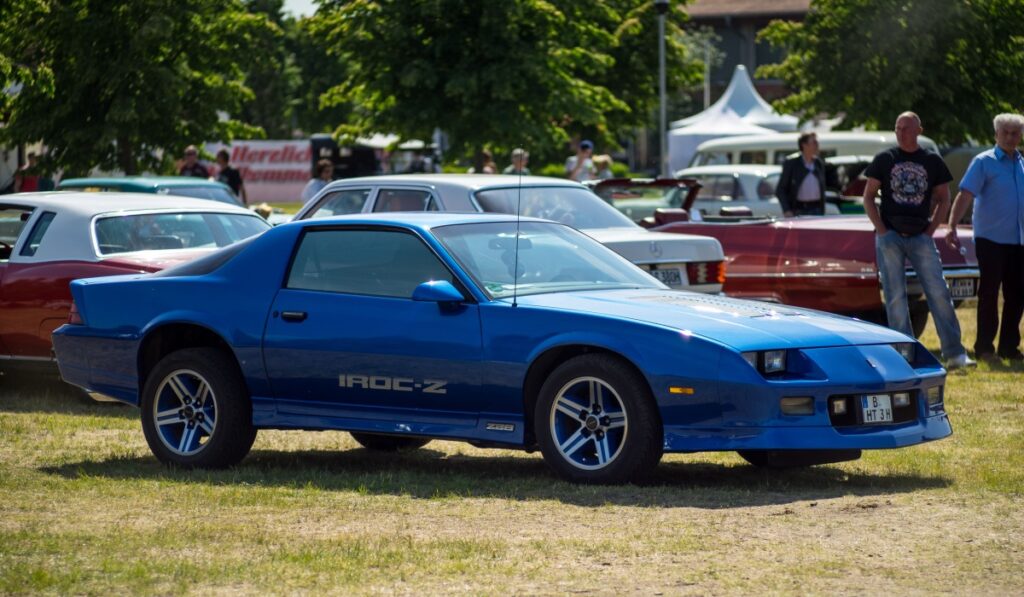
The IROC-Z, named for the International Race of Champions, was the top-performance version of the Camaro in the ’80s. With its fuel-injected V8, the IROC-Z offered good power and handling in a sleek package.
1987 Buick Grand National GNX
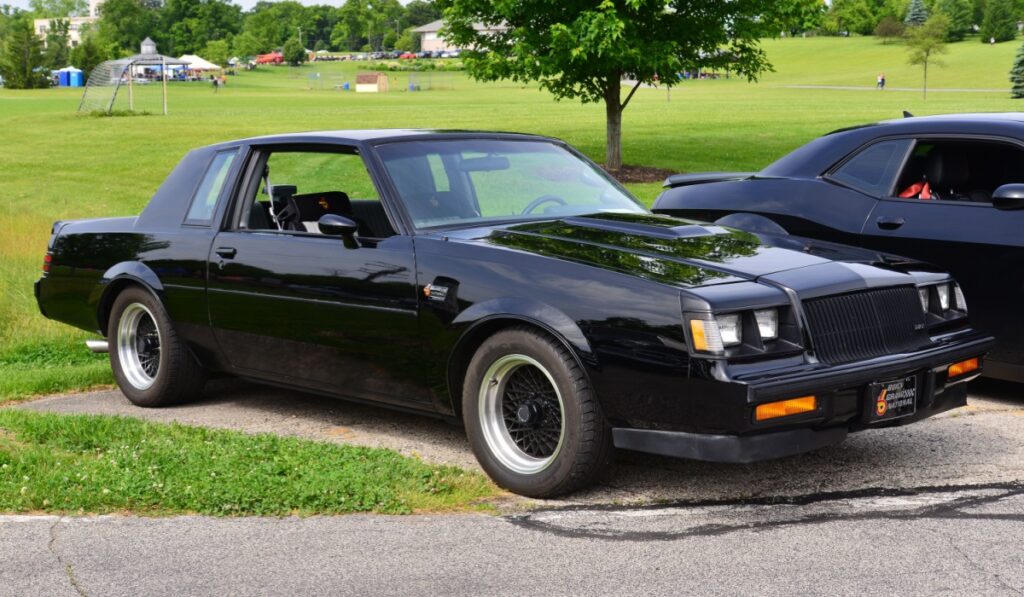
The GNX was a turbocharged, intercooled monster with stealthy black paint. Its V6 engine offered tremendous power for the era and it was faster than many contemporary sports cars, making it a standout in an era when muscle cars were few and far between.
1989 Pontiac Firebird Trans Am Turbo
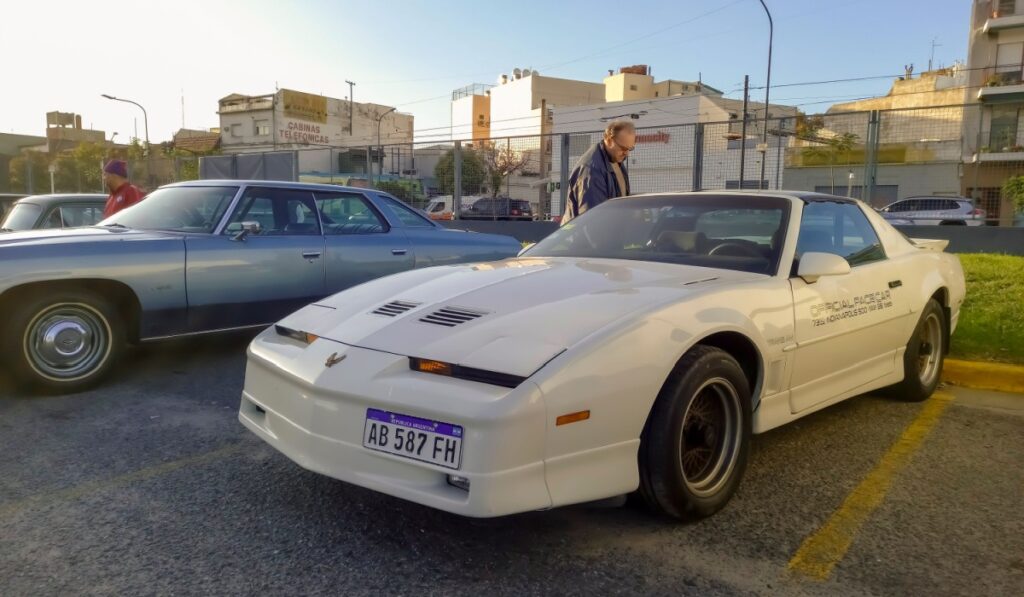
With a turbocharged V6 derived from the one used in the Buick Grand National, the Trans Am Turbo showed that the Firebird could still be a high-performance machine.
1995 Ford Mustang Cobra R
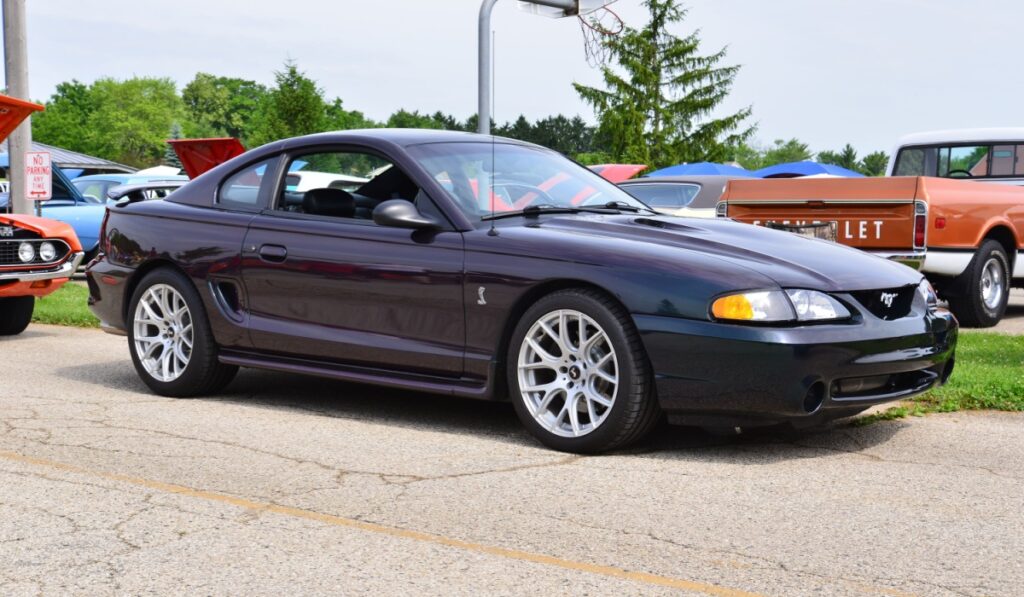
This was a special, race-ready version of the Mustang that was sold to the public. It came with a 5.8-liter V8, making it the most powerful Mustang of the era. Only 250 were made, making it a rare and sought-after model.
1996 Dodge Viper GTS
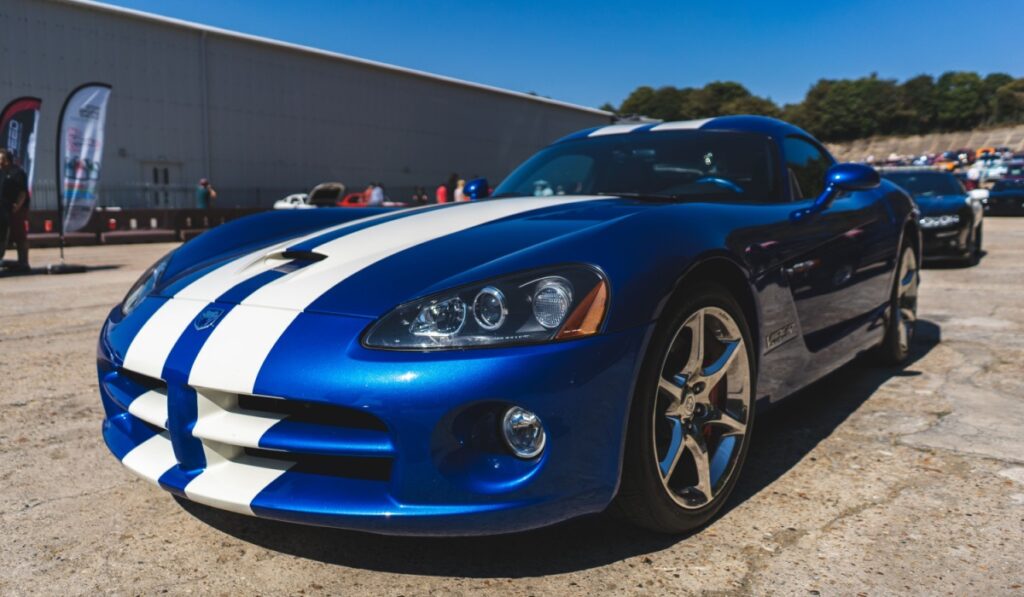
The Viper was Dodge’s flagship sports car and the GTS was the top model. With its massive 8.0-liter V10, the Viper GTS was a beast on the road and track. It was more of a sports car than a traditional muscle car, but its performance and style make it a noteworthy American performance car of the ’90s.
1999 Pontiac Firebird Trans Am WS6
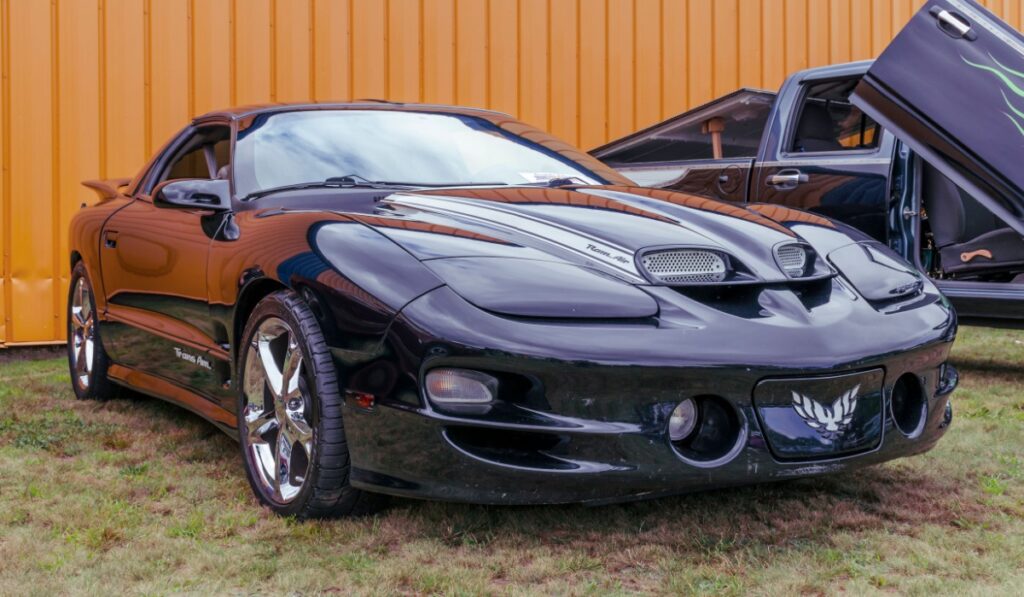
The 1999 Pontiac Firebird Trans Am is a testament to American muscle car heritage. A part of the fourth generation of Firebirds, this car is known for its aggressive, sleek styling and powerful performance. The most striking feature of the Trans Am is its distinctive “Ram Air” WS6 performance and handling package, which includes functional air scoops, stiffer springs, larger sway bars, and a lowered ride height.
2004 Pontiac GTO
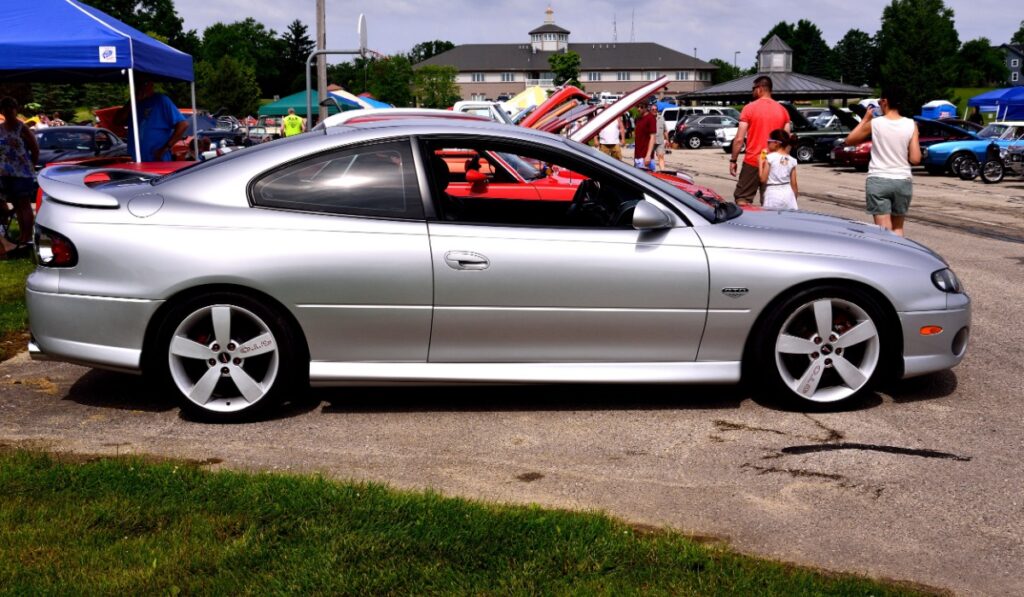
The 2004 Pontiac GTO signified the return of a classic American muscle nameplate. A modern reincarnation of the legendary GTO of the 1960s, this model was based on the Australian Holden Monaro and marked a significant departure from the traditional muscle car design.
2005 Ford Mustang GT
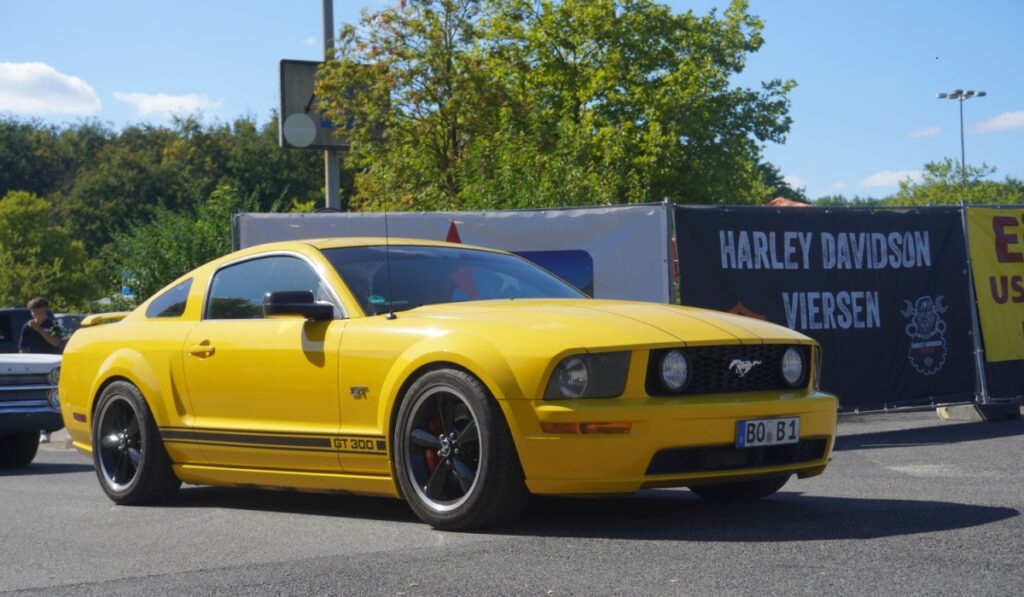
The 2005 Ford Mustang GT holds a special place in the history of American muscle cars. It marked the return of the fifth generation Mustang after a long hiatus and brought back the classic styling cues of the original Mustang. The 2005 Mustang GT offered a 4.6-liter V8 engine that produced 300 horsepower, which was impressive at the time.
2006 Dodge Charger SRT8
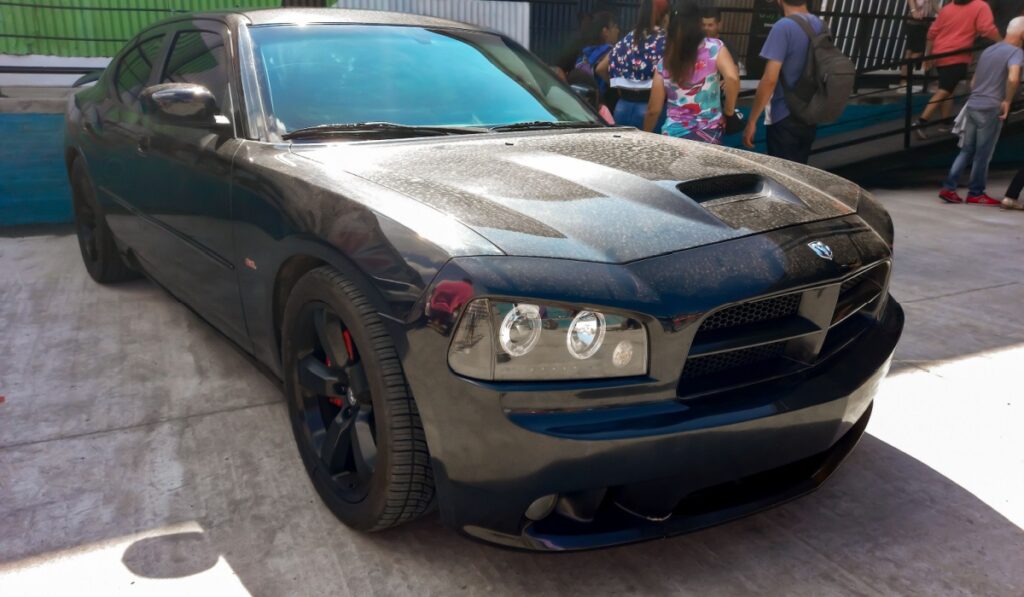
The Challenger made a comeback in the 2000s, and the SRT8 was the top-performance model. With its retro styling and modern Hemi V8, it was a successful blend of old and new.
2007 Ford Mustang Shelby GT500
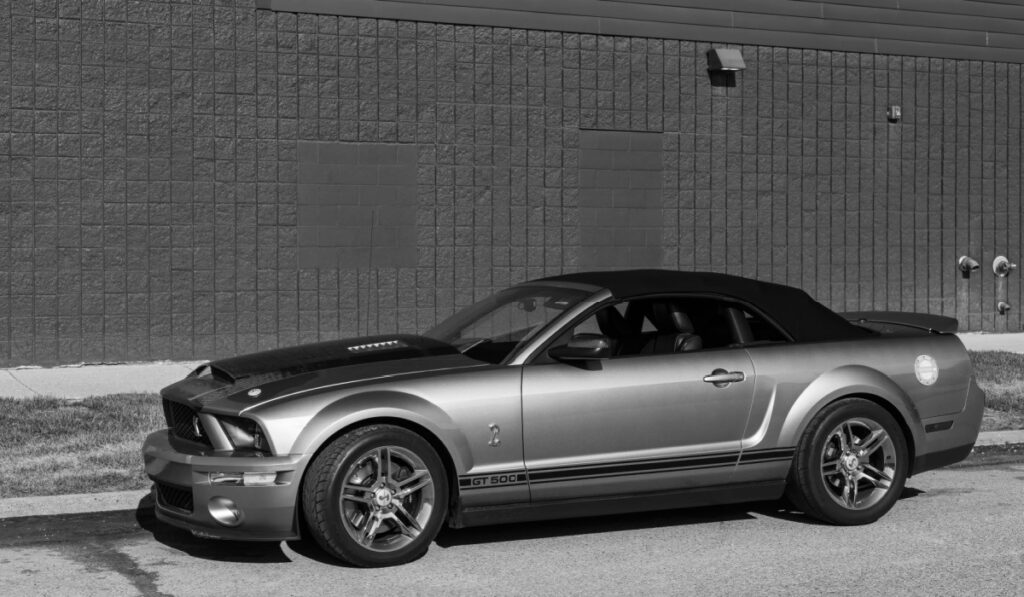
With 500 horsepower from its supercharged 5.4-liter V8, the GT500 was the most powerful factory Mustang ever when it was released. It revived the Shelby name and was a hit with fans of American performance.
2012 Chevrolet Camaro ZL1
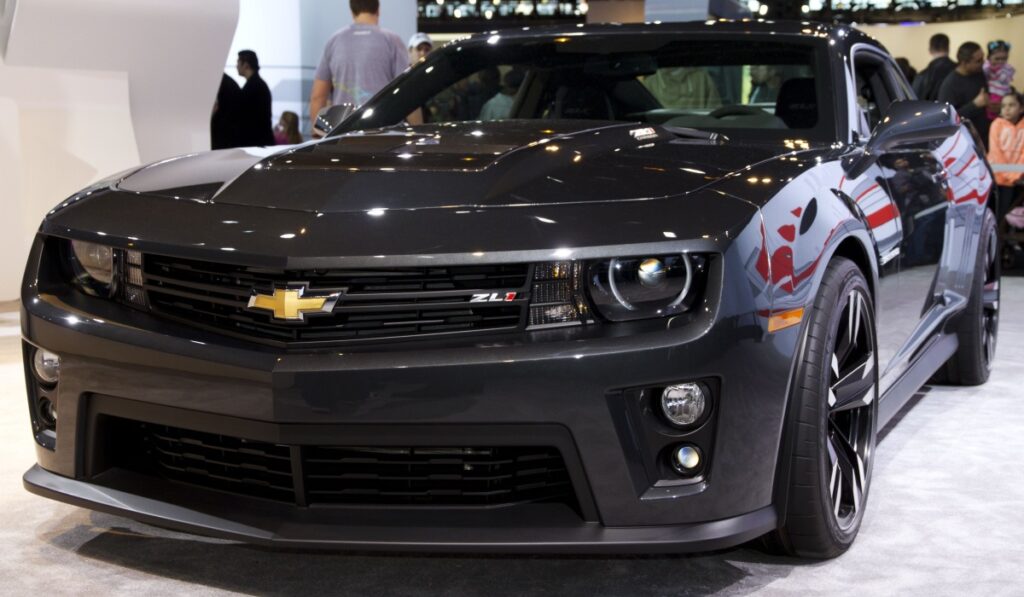
The 2012 Chevrolet Camaro ZL1 was a significant addition to the history of American muscle cars. It marked the revival of the ZL1 nameplate, which was first introduced in the late 1960s as a limited production high-performance variant of the Camaro. The 2012 Camaro ZL1 was the first regular-production ZL1 ever and set new benchmarks in terms of performance and handling.
2014 Chevrolet Camaro Z/28
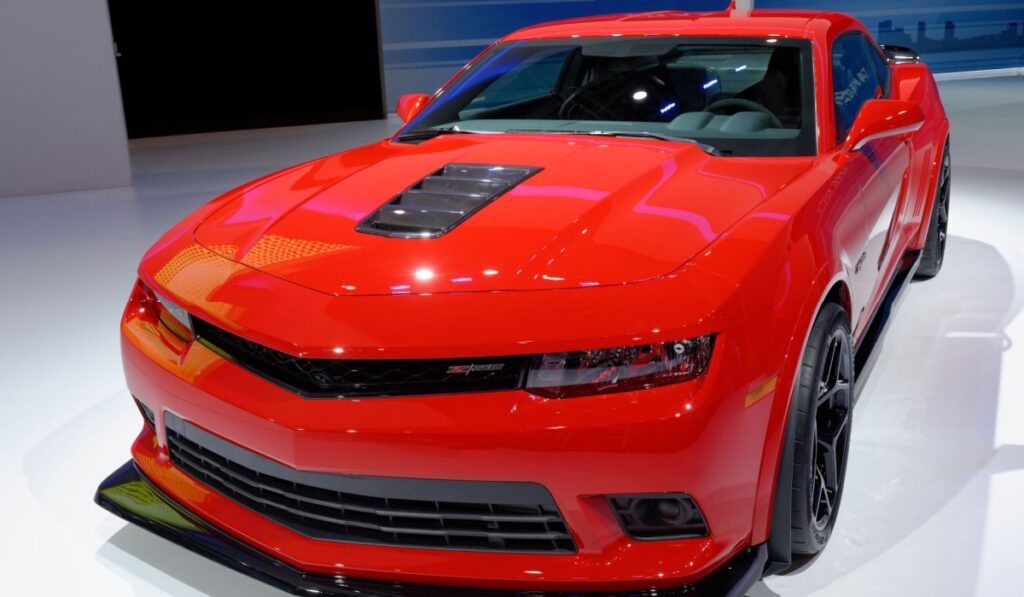
The Z/28 was a track-focused version of the Camaro with a 505-horsepower LS7 V8. It was a hit with critics and enthusiasts for its impressive performance and handling.
2015 Dodge Challenger SRT Hellcat
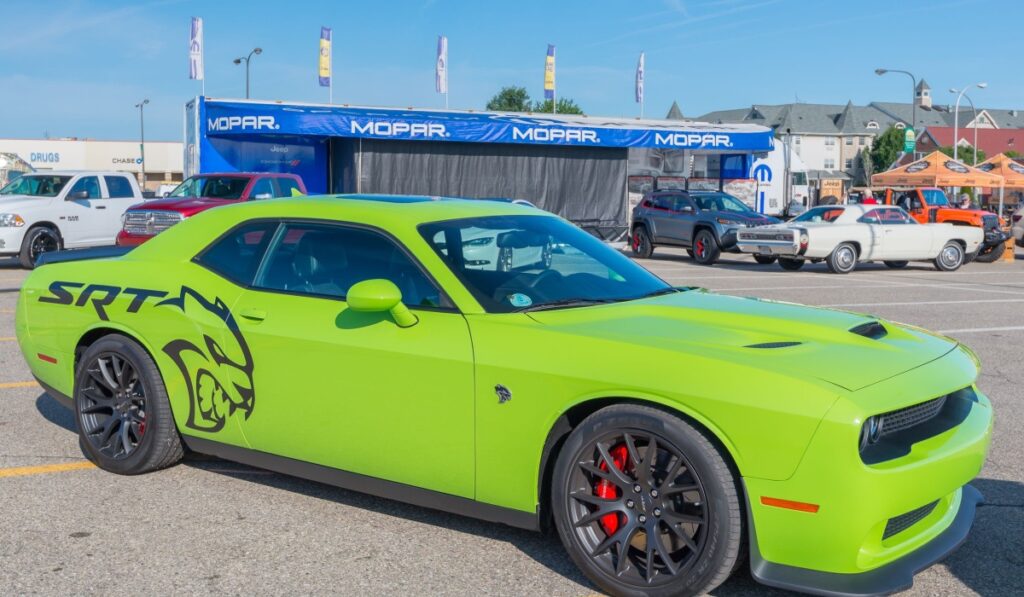
With a whopping 707 horsepower from its supercharged Hemi V8, the Hellcat was the most powerful muscle car ever when it was released. It sparked a horsepower war with Ford and Chevrolet that continues to this day.
2016 Ford Mustang Shelby GT350R
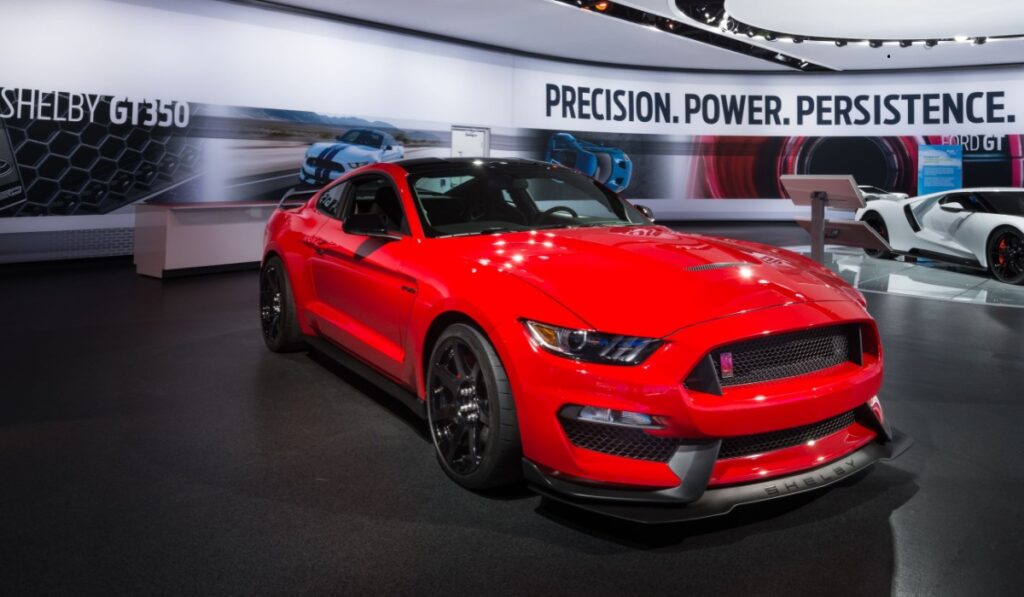
The GT350R brought a flat-plane crank V8 to the Mustang for the first time, offering exotic-level performance in an American package.
2019 Chevrolet Corvette ZR1
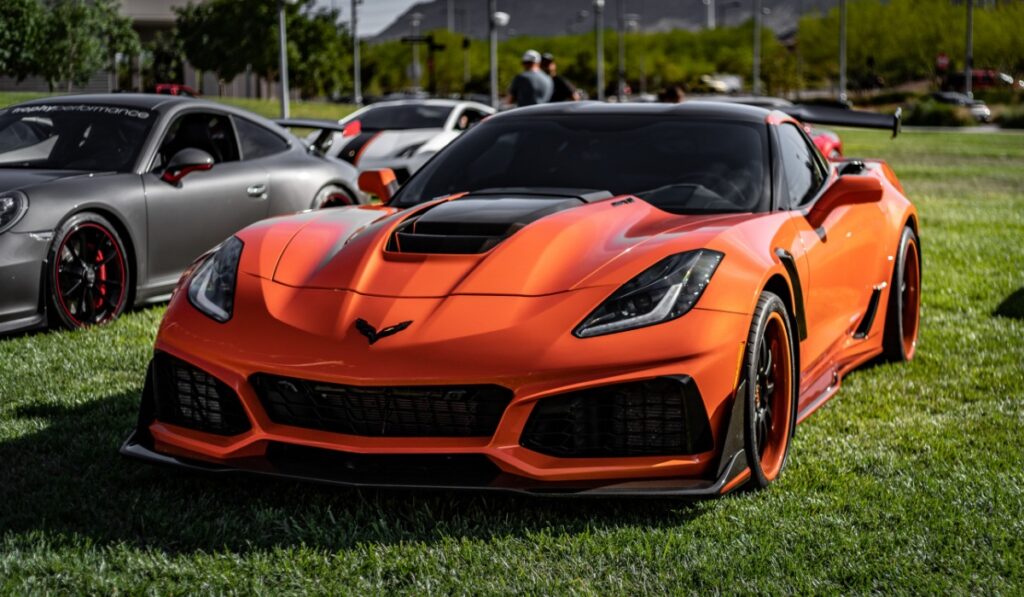
Although technically a sports car, the Corvette ZR1’s earth-shattering performance and V8 power earn it a spot on this list.
2020 Chevrolet Camaro ZL1 1LE
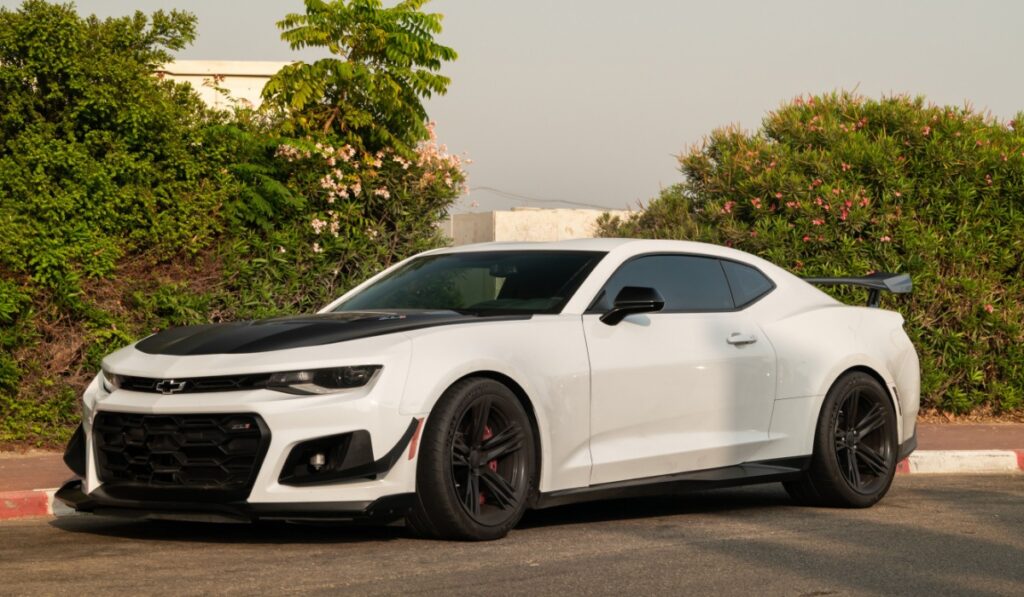
This track-focused Camaro combines a 650 horsepower supercharged V8 with aerodynamic and suspension enhancements for supreme performance. It represents the pinnacle of Camaro performance and offers supercar-level capabilities.
2020 Ford Mustang Shelby GT500
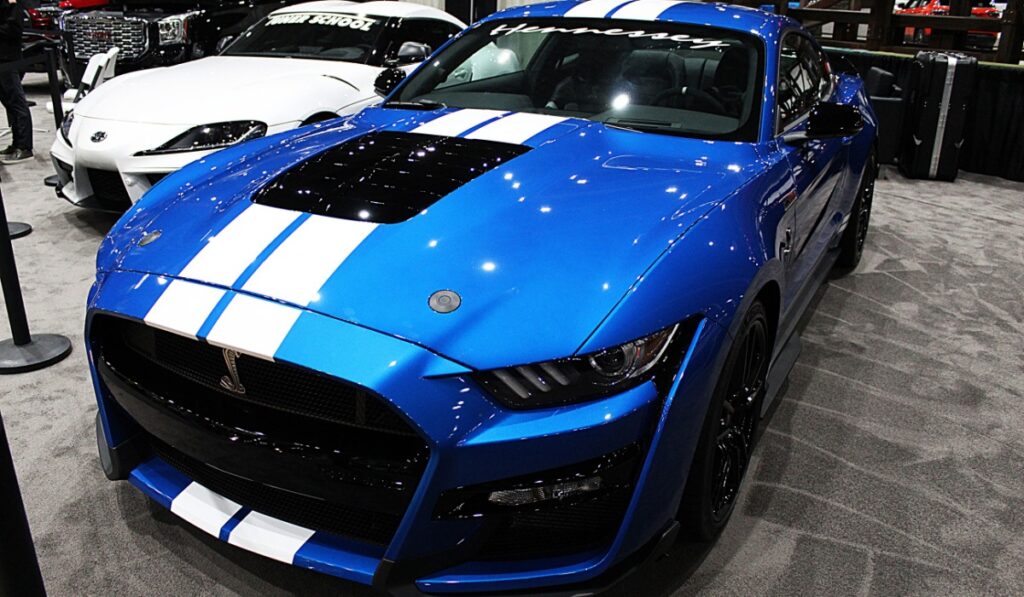
Once again pushing the boundaries of muscle car performance, the new Shelby GT500 boasted a supercharged V8 cranking out over 760 horsepower, making it the most powerful street-legal Ford ever built by 2020.
2022 Chevrolet Corvette Z06
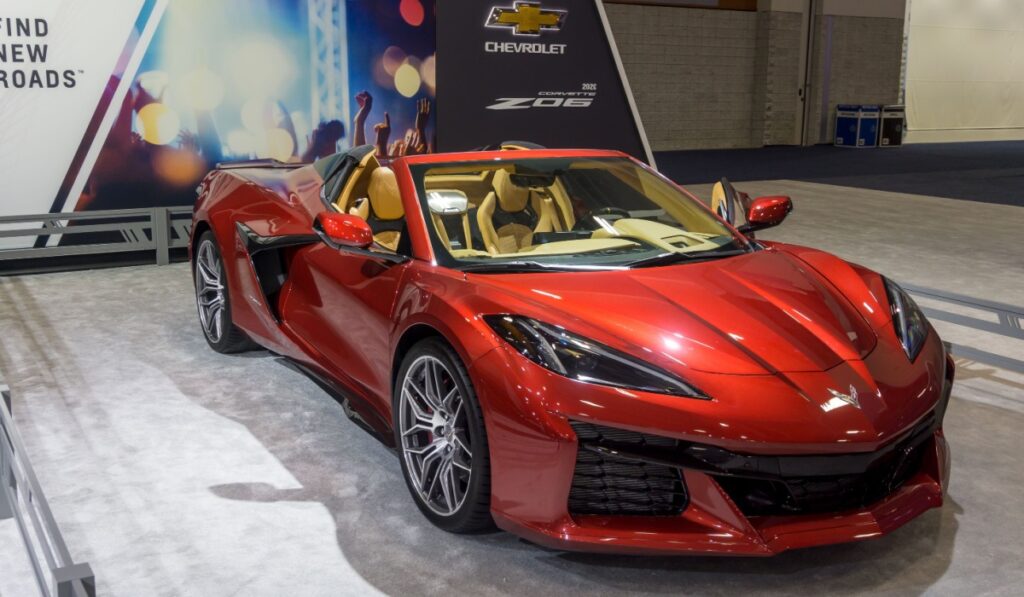
The 2022 Chevrolet Corvette Z06 is a highly anticipated addition to the history of American muscle cars. It marks the return of the Z06 nameplate, which has been associated with high-performance Corvettes since the early 1960s. The 2022 Corvette Z06 is expected to be one of the most powerful production Corvettes ever, with a 5.5-liter flat-plane crank V8 engine that could produce over 600 horsepower.
This article originally appeared on MyCarMakesNoise.
More from MyCarMakesNoise
The Best Cars for Your Wilderness Escape
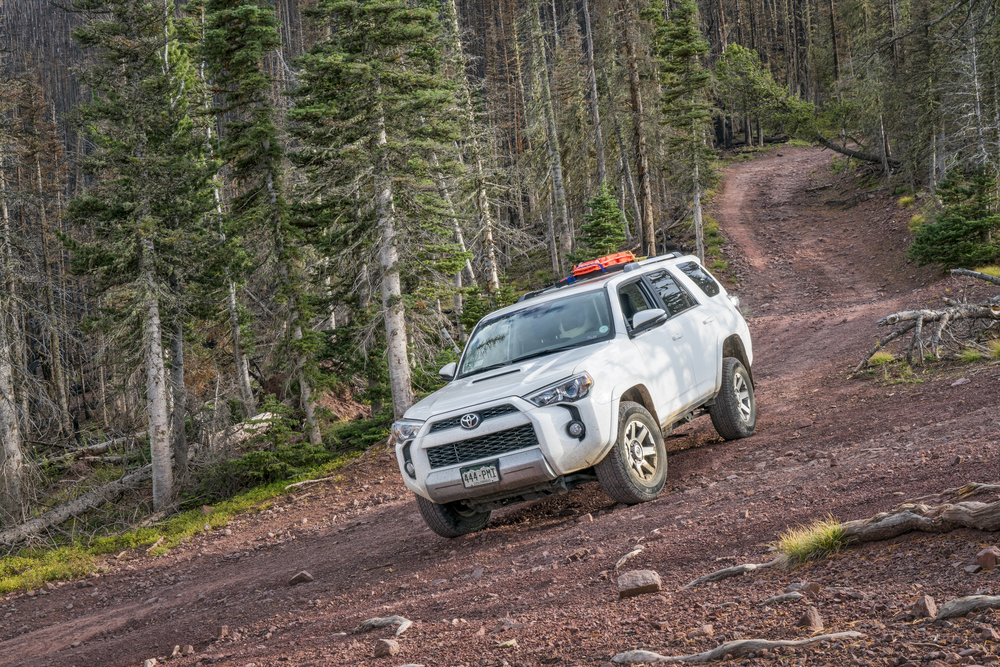
Whether you’re a seasoned adventurer or a camping novice, the right vehicle can make your wilderness experience both comfortable and unforgettable. Read More.
Understanding Why Some Used Cars Outprice New Ones

Whether due to their iconic status, limited production numbers, or exceptional performance capabilities, these cars continue to defy the norm, proving that sometimes, older can mean more expensive. Read More.
Iconic 90s Cars Worth Remembering
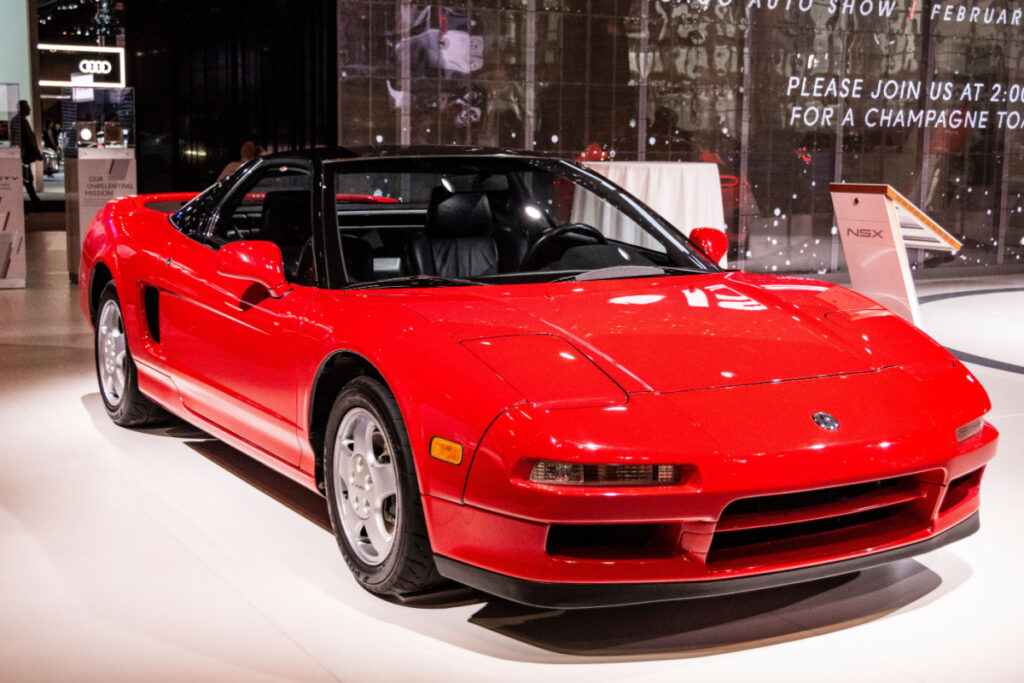
Here are the standout cars of the 1990s, a decade that brought us Japanese sports cars, European luxury, and American muscle. This era was known for pushing limits and redefining traditions, leaving a lasting impact on the car world. Read More.

